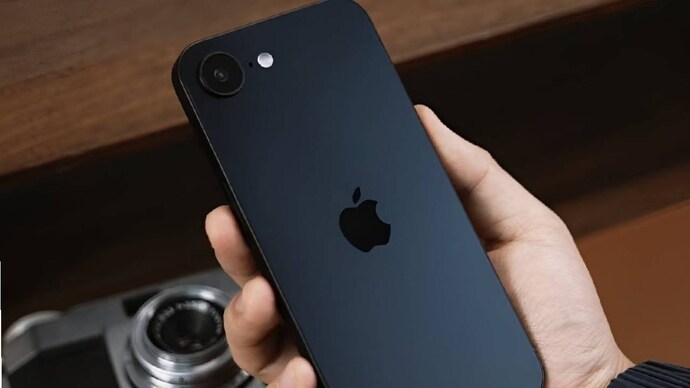Apple's iPhone SE 4 is set to debut the company's first in-house 5G modem, but reports suggest it may lag behind Qualcomm's Snapdragon X75 in terms of speed and performance.

In Short
- iPhone SE 4 to feature Apple’s first self-developed 5G modem
- Reports suggest that this new modem may lack mmWave 5G support
- iPhone SE 4 is expected to be the star of the show at Apple’s February 19 launch event
All eyes are on Apple’s February 19 event, where the company is expected to launch the iPhone SE 4, and this time, the device is expected to bring a significant change under the hood. After years in the making, for the first time, Apple is reportedly introducing its own in-house 5G modem, moving away from its long-standing reliance on third-party manufacturers like Qualcomm and Intel. However, this shift might come with some trade-offs, as early reports suggest the modem may not match the performance of Qualcomm’s latest offerings.
According to a report by a South Korean publication, Donga, Apple’s first-generation 5G modem, manufactured by TSMC, lacks support for mmWave 5G technology. This omission could limit the device’s network capabilities, particularly in regions where mmWave networks are prevalent. Additionally, the modem is said to offer fewer carrier aggregation features compared to Qualcomm’s Snapdragon X75, which powers the iPhone 16 series. As a result, the iPhone SE 4 is expected to deliver slower upload and download speeds than its flagship counterparts.
This development isn’t entirely surprising, as Apple is likely using the iPhone SE 4 as a testing ground for its new modem technology. The iPhone SE line has traditionally served as a relatively affordable option, making it a lower-risk platform for Apple to experiment with new components. Previous rumours have hinted that the modem will support Dual Sim Dual Standby and feature deep integration with Apple’s custom-designed processors, potentially improving efficiency and performance in future iterations.
Apple’s move to develop its own 5G modem has been years in the making. Initially, the company had planned to introduce the technology with the iPhone 14 and later the iPhone 15, but technical challenges reportedly delayed its rollout. Now, with the iPhone SE 4, Apple seems ready to take the first step toward reducing its dependence on external suppliers. Analysts, including Ming-Chi Kuo, have suggested that Apple aims to gradually phase out third-party modems, with future models like the rumoured iPhone 17 Air also expected to feature the company’s in-house technology.
The iPhone SE 4 is speculated to launch on February 19, succeeding the iPhone SE 3 from 2022. Alongside the new modem, rumours suggest that the iPhone SE 4 will undergo a big makeover, moving away from the traditional compact design of the iPhone SE 3 with thick bezels. Instead, it is expected to feature a look inspired by the iPhone 14, complete with an aluminium and glass build, flat edges, possibly Apple’s Ceramic Shield for enhanced durability and the familiar notch cutout housing the Face ID components.